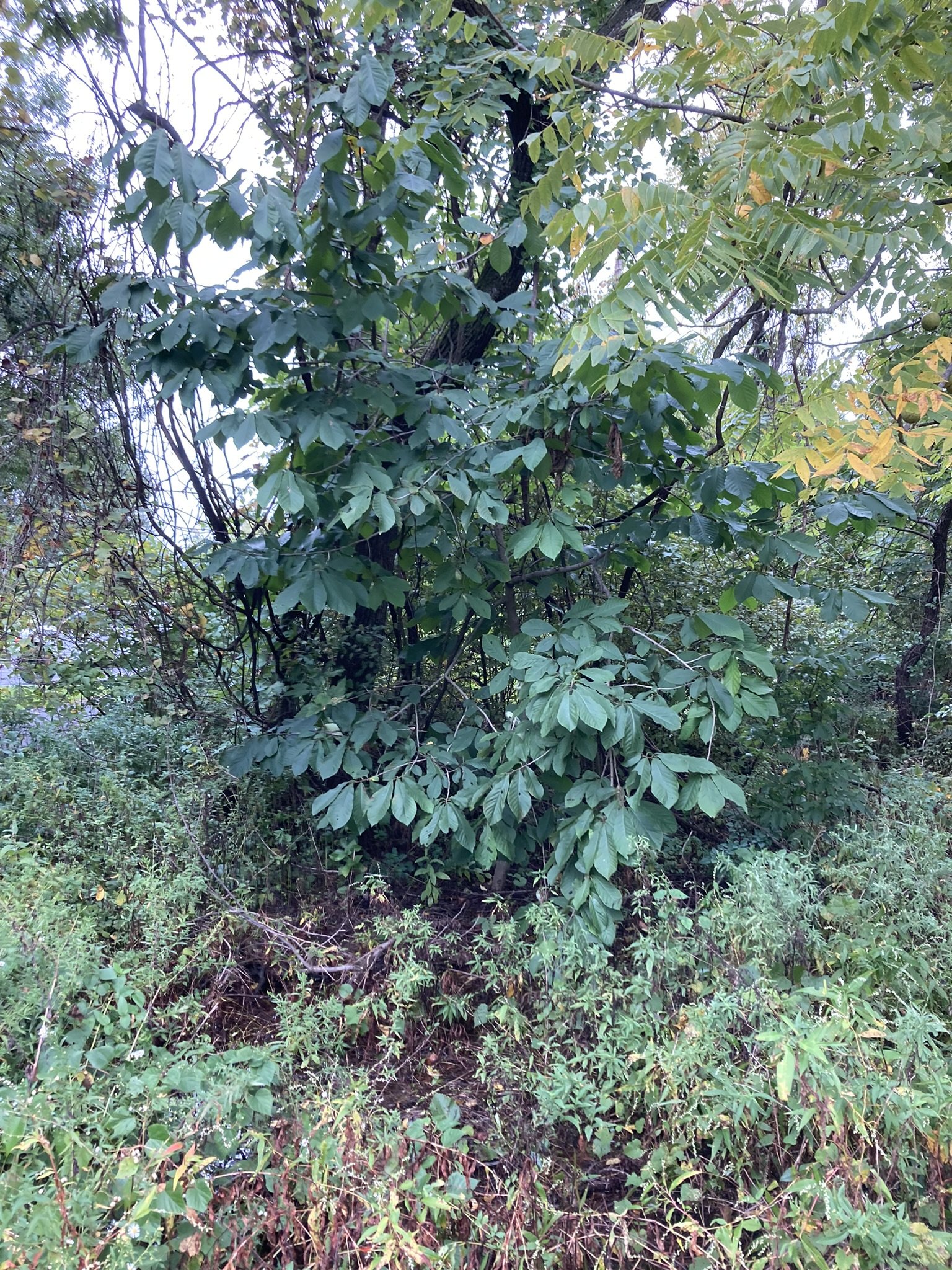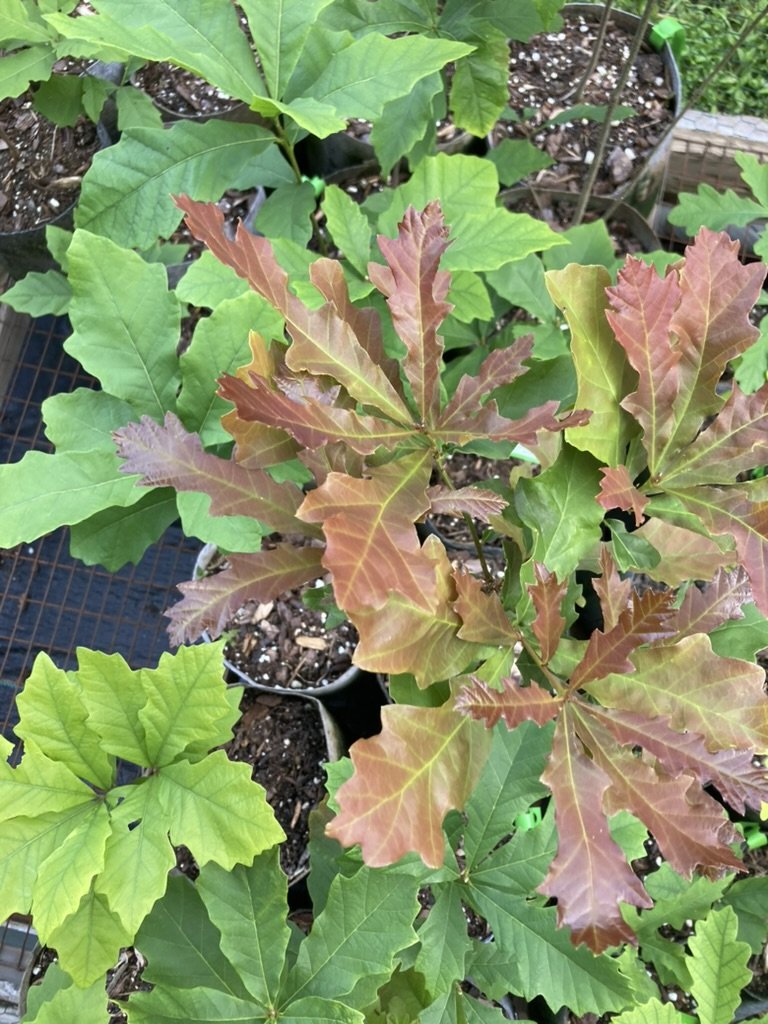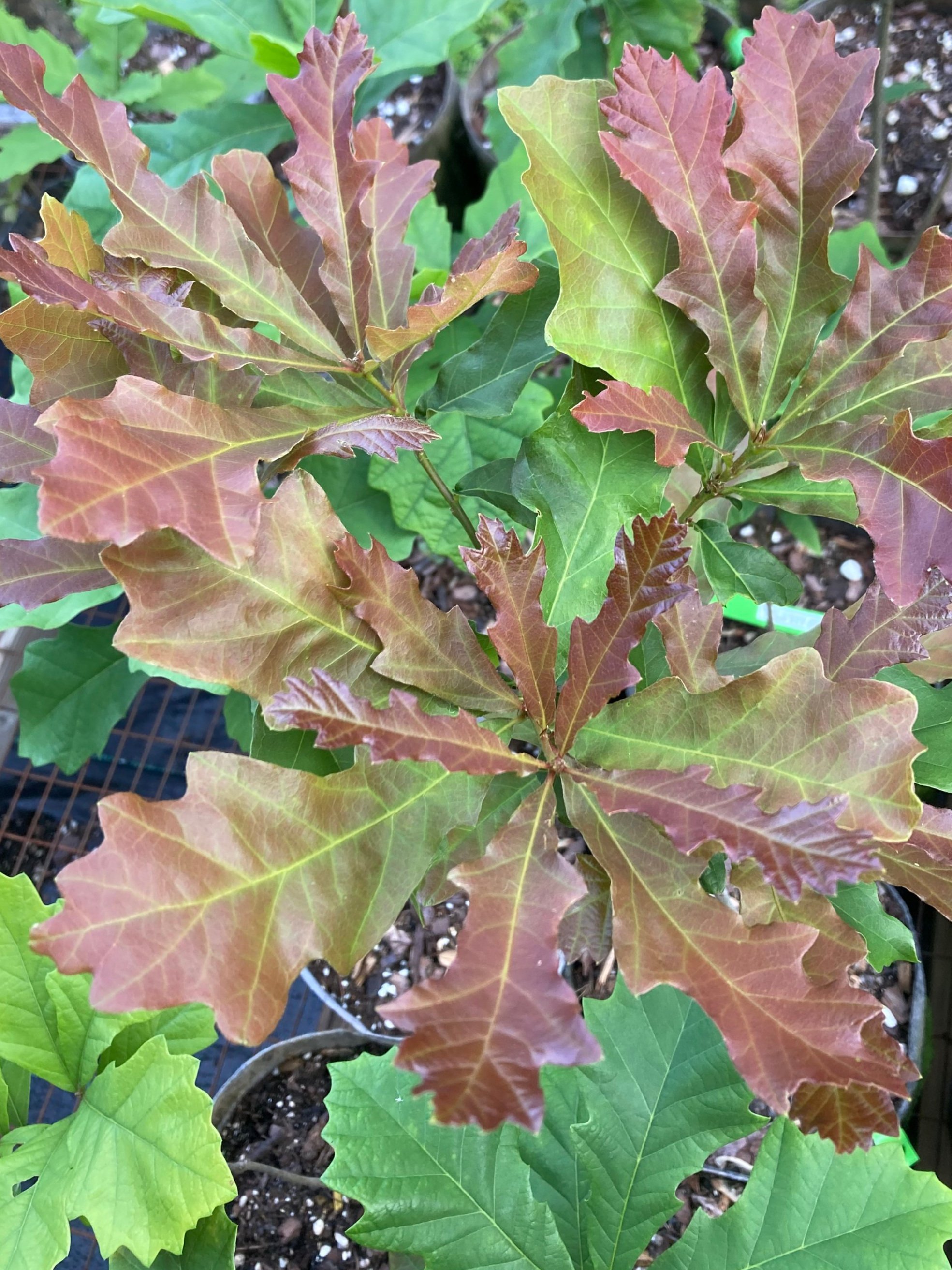 Image 1 of 10
Image 1 of 10

 Image 2 of 10
Image 2 of 10

 Image 3 of 10
Image 3 of 10

 Image 4 of 10
Image 4 of 10

 Image 5 of 10
Image 5 of 10

 Image 6 of 10
Image 6 of 10

 Image 7 of 10
Image 7 of 10

 Image 8 of 10
Image 8 of 10

 Image 9 of 10
Image 9 of 10

 Image 10 of 10
Image 10 of 10











American Chestnut
🌳 Castanea dentata (American Chestnut)
Large Deciduous Tree | Eastern North American Native | Keystone Species in Recovery
Highlights for Native Plant Enthusiasts:
🌱 Once a dominant canopy tree in eastern forests—now a symbol of native restoration
🌰 Produces edible chestnuts that support wildlife and human food traditions
🐿 Nuts feed native mammals, wild turkeys, and other woodland birds
🍃 Rapid-growing, sun-loving species with long, serrated leaves and strong form
🍁 Provides dense summer shade and vibrant golden fall color
🌿 Supports hundreds of moth and butterfly species—a true powerhouse in the food web
Growing Information:
Height: 50–75 ft (can grow taller in ideal conditions)
Spread: 30–40 ft
Soil: Needs well-drained, acidic soils (perfect for steep slopes or rocky sites)
Light: Full sun to light shade
Zones: 4–8
Type: Deciduous tree
Why Native Growers Love It:
The American Chestnut isn’t just a tree—it’s a restoration story in progress. Revered for its ecological role, wildlife value, and cultural significance, Castanea dentata is central to efforts to rebuild resilient native forests. Every planting supports genetic diversity and regional re-establishment.
Perfect for large properties, rewilding efforts, or anyone who wants to bring back a piece of the original eastern forest.
Available as bare root seedlings in the fall or potted seedlings in the spring/summer. Selections come from wild and blight-tolerant breeding programs—please inquire for details.
Locally grown, no synthetic inputs, and propagated with native woodland health in mind.
🛒 Plant a future forest—add American Chestnut to your native landscape today.
🌳 Castanea dentata (American Chestnut)
Large Deciduous Tree | Eastern North American Native | Keystone Species in Recovery
Highlights for Native Plant Enthusiasts:
🌱 Once a dominant canopy tree in eastern forests—now a symbol of native restoration
🌰 Produces edible chestnuts that support wildlife and human food traditions
🐿 Nuts feed native mammals, wild turkeys, and other woodland birds
🍃 Rapid-growing, sun-loving species with long, serrated leaves and strong form
🍁 Provides dense summer shade and vibrant golden fall color
🌿 Supports hundreds of moth and butterfly species—a true powerhouse in the food web
Growing Information:
Height: 50–75 ft (can grow taller in ideal conditions)
Spread: 30–40 ft
Soil: Needs well-drained, acidic soils (perfect for steep slopes or rocky sites)
Light: Full sun to light shade
Zones: 4–8
Type: Deciduous tree
Why Native Growers Love It:
The American Chestnut isn’t just a tree—it’s a restoration story in progress. Revered for its ecological role, wildlife value, and cultural significance, Castanea dentata is central to efforts to rebuild resilient native forests. Every planting supports genetic diversity and regional re-establishment.
Perfect for large properties, rewilding efforts, or anyone who wants to bring back a piece of the original eastern forest.
Available as bare root seedlings in the fall or potted seedlings in the spring/summer. Selections come from wild and blight-tolerant breeding programs—please inquire for details.
Locally grown, no synthetic inputs, and propagated with native woodland health in mind.
🛒 Plant a future forest—add American Chestnut to your native landscape today.

























